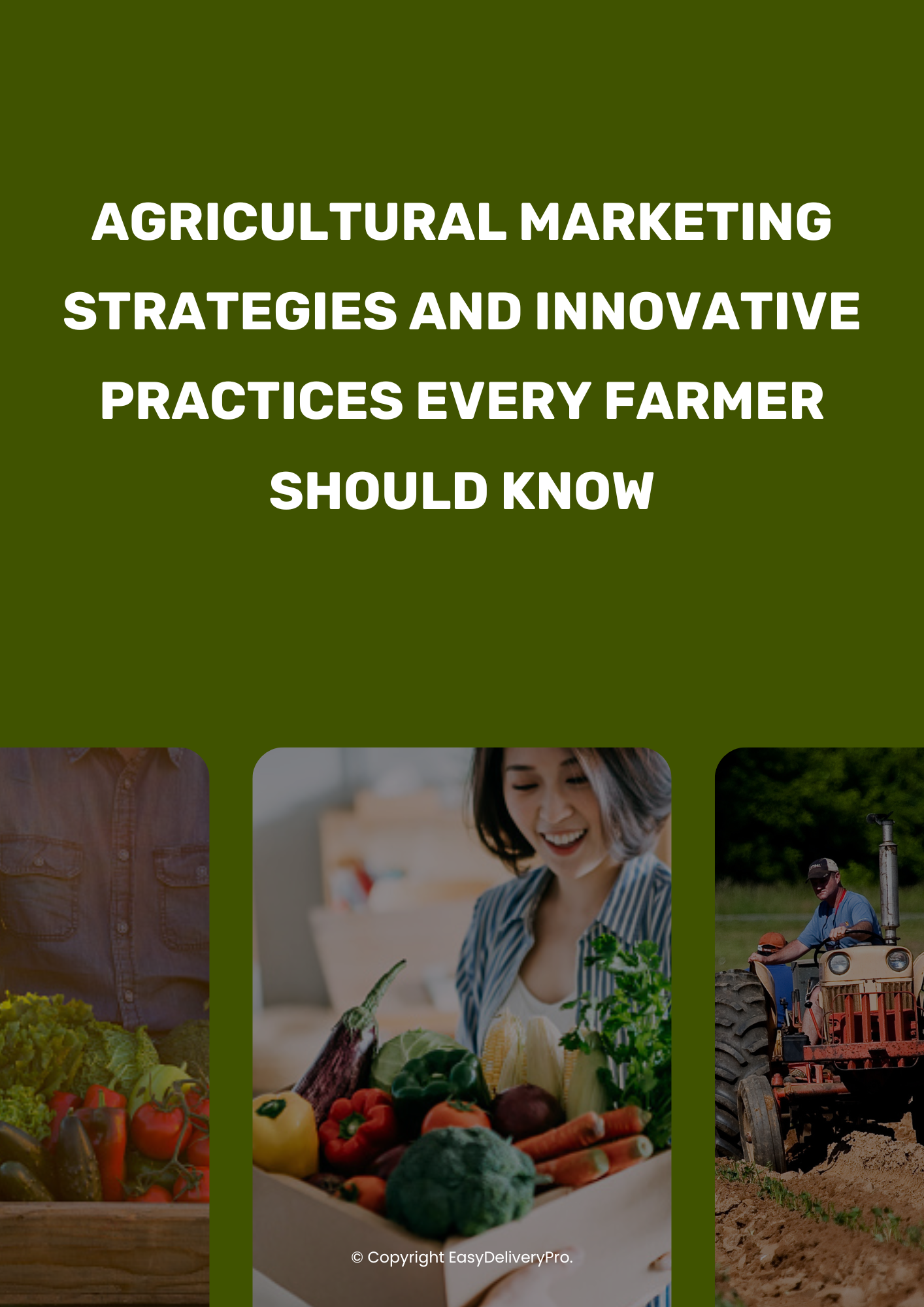Discover how small farmers are innovating to compete with giants like Amazon Fresh, emphasizing sustainability, community, and local authenticity.
Whether you're just starting out or are an established green thumb embarking on a new journey, flower farming can prove to be a fulfilling and profitable venture. However, like any business, it requires a keen understanding of the industry, careful planning, and a lot of hard work. It's not just about planting seeds and watching them bloom; it's about understanding your market, maintaining your farm, and ensuring the quality of your blooms.
In the following sections, we'll delve into some critical tips that every beginner flower farmer should know, from selecting the right flowers to understanding the business side of farming. Avoiding these common pitfalls will help you grow your flower farming business successfully.
Before you start your cut flower farm, it's crucial to understand your target market. Conduct market research by identifying the demand for flowers in your locality. Analyze the market trends and study the preferences of buyers. Knowing your audience will prevent you from growing flowers that nobody wants to buy.
The location of your flower farm is another essential factor to consider. Choose an area with the right soil conditions, adequate sunlight, and a climate suitable for growing the flowers of your choice. Ensure that the location has easy access to water sources and drainage systems.
Imported flowers make up a significant portion of cut-flower sales in the United States, accounting for 82% according to the Produce Marketing Association (PMA). These imports primarily come from South American countries such as Colombia and Ecuador. Among the most sought-after imported flowers are carnations, roses, orchids, lilies, tulips, and gerbera.
As a beginner, it's recommended to start with the right flowers that are easy to grow, prevalent, and profitable. Some popular flower species in high demand are sunflowers, dahlias, peonies, lilies, and roses. Before you choose the flowers, ensure that they are compatible with your environment and that they have a good shelf life.
Understanding the difference between biennials, perennials, and annuals is integral to the success of a cut flower farm. Annuals, as the name suggests, complete their life cycle within one year, and need to be replanted every season. They are often vibrant and provide colorful blooms for a single season. Perennials, on the other hand, are plants that live for more than two years, blooming over and over throughout their life cycle. This can drastically reduce the work of replanting each season and ensure consistent blooms year after year. Biennials represent a middle ground, living for two years. They typically grow vegetatively in their first year and bloom in the second, providing a unique opportunity for staggered planting and harvesting.
Flower farming requires specific tools and equipment. You will need planting tools, irrigation systems, fertilizers, pesticides, and pruning shears, among other instruments. Invest in high-quality equipment that is efficient, durable, and safe to use.
Starting a cut flower farm can be challenging, but it can also be a fulfilling and profitable venture. With this blog post, you have gained essential tips to help you start your cut flower farm business. Remember, you need to know your market, choose the right location and flowers, plan for the harvest, and invest in the right equipment. By considering these five tips, you're on your way to building a successful cut flower farm.
Discover how small farmers are innovating to compete with giants like Amazon Fresh, emphasizing sustainability, community, and local authenticity.
Drive customer traffic to your online farm store with email marketing, social media, in-person tactics, and our tailored solutions. Boost your agricultural business now!
Elevate your winter chicken care with expert tips. Keep your flock warm, healthy, and productive during the chilly months.
